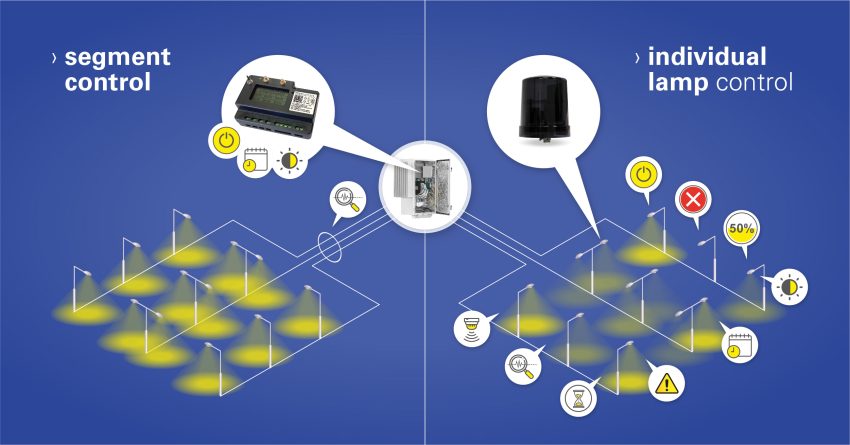Street lighting serves as an essential aspect of urban infrastructure, providing safety, security, and visibility during the night. However, traditional methods of street light control often involve fixed schedules or manual adjustments, leading to inefficiencies and unnecessary energy consumption.
In recent years, innovative technologies and creative approaches have emerged to address these challenges, offering more intelligent and sustainable solutions for managing street lighting. This article explores some of these bright ideas for dark nights, highlighting the potential benefits and implications for urban environments.
- Smart Lighting Systems
One of the most promising advancements in street light control is the adoption of smart lighting systems. These systems utilize sensors, data analytics, and connectivity to adjust lighting levels based on real-time conditions such as traffic flow, pedestrian activity, and ambient light levels. By dynamically adapting to the surrounding environment, smart lighting can significantly reduce energy consumption while maintaining adequate illumination levels.
For example, motion sensors can detect when there are no people or vehicles nearby and dim the lights to conserve energy. Similarly, networked lighting systems can communicate with each other to create “light corridors” that illuminate pathways only when needed, further optimizing energy usage.
- Remote Monitoring and Management
Another innovative approach to street light control is remote monitoring and management. By deploying IoT (Internet of Things) devices and cloud-based platforms, municipalities can remotely monitor the performance of their street lighting infrastructure in real-time. This allows for proactive maintenance, timely repairs, and the ability to adjust lighting parameters from a centralized location.
Remote management systems also enable data-driven decision-making, as they provide valuable insights into energy consumption patterns, fault detection, and performance metrics. By harnessing this data, cities can optimize their lighting strategies, reduce operational costs, and enhance overall efficiency.
- Adaptive Lighting Design
Adaptive lighting design focuses on tailoring the intensity and color temperature of street lights to suit specific contexts and objectives. For instance, warmer color temperatures can create a more inviting atmosphere in residential neighborhoods, while cooler temperatures may be more suitable for commercial or industrial areas.
Furthermore, adaptive lighting can be used to enhance safety and security by dynamically adjusting lighting levels in response to environmental factors or events. For example, during periods of low visibility or high crime rates, street lights can automatically brighten to improve visibility and deter potential threats.
- Renewable Energy Integration
Incorporating renewable energy sources such as solar and wind power into street lighting infrastructure offers a sustainable alternative to traditional grid-based systems. Solar-powered street lights, equipped with photovoltaic panels and energy storage solutions, can operate independently of the grid, reducing reliance on fossil fuels and lowering carbon emissions.
Moreover, integrating renewable energy sources with smart lighting systems enables greater flexibility and resilience in energy supply. Excess energy generated during the day can be stored and utilized to power street lights during the night, contributing to energy self-sufficiency and environmental sustainability.
- Citizen Engagement and Co-creation
Engaging citizens in the design and implementation of street lighting projects can lead to more inclusive and responsive solutions. By soliciting feedback, ideas, and concerns from residents, municipalities can gain valuable insights into community preferences and priorities.
Citizen engagement initiatives, such as participatory design workshops or online feedback platforms, can help foster a sense of ownership and stewardship among residents. By involving stakeholders in the decision-making process, cities can ensure that street lighting designs reflect the diverse needs and aspirations of their communities.
Conclusion
As urban populations continue to grow and environmental concerns become more pressing, the need for innovative approaches to street light control becomes increasingly evident. By embracing smart technologies, remote monitoring systems, adaptive design principles, renewable energy integration, and citizen engagement strategies, cities can create safer, more sustainable, and more livable environments for their residents.
While challenges such as initial investment costs, interoperability issues, and regulatory barriers may arise, the long-term benefits of adopting these bright ideas for dark nights far outweigh the challenges. By prioritizing innovation and collaboration, cities can illuminate their streets with efficiency, intelligence, and creativity, paving the way for a brighter future for all.

